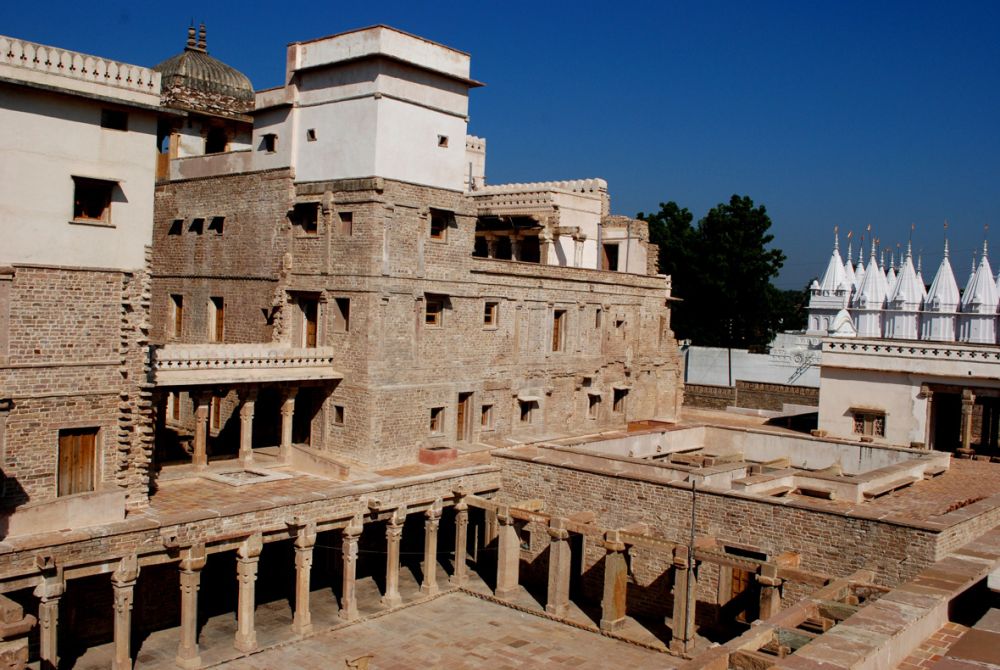

Chanderi, located in the heart of India, Madhya Pradesh, is a town of historical significance and is blessed with a plethora of monuments that whisper tales of its illustrious past. Among these is the Raja Rani Mahal, a heritage site that has been an emblem of regality and a subject of intrigue for tourists and historians alike.
Raja Rani Mahal, also known as the King and Queen’s Palace, dates back to the 15th century and is representative of the grandeur of the Rajput rulers of the time. Although the precise origins of the Mahal are shrouded in mystery, it is believed to have been a stronghold for the Bundela Rajput kings. Over the centuries, Chanderi changed hands between several dynasties, enriching the town and its monuments with diverse architectural influences and stories.
The beauty of Chanderi and the Raja Rani Mahal caught the attention of many travelers and conquerors in the past, including the Mughals and the British. The blend of cultural elements is evident in the town's textile arts, which have been a substantial lure for both historical and modern-day tourists.
Tourism in Chanderi has been an evolving journey. The initial phases of tourism were primarily driven by historic and educational visits, attracting mainly researchers, history enthusiasts, and local tourists. The town remained a niche destination with limited exposure on a global level.
As travel trends evolved and heritage tourism gained momentum, Chanderi started gaining visibility. Efforts by the Indian government and cultural organizations to preserve and promote the town's heritage sites have led to a surge in tourist inflow. Restoration work at Raja Rani Mahal and other monuments in Chanderi has been a significant contribution to these efforts.
Eco-Tourism: The latest trend in tourism in Chanderi is a growing emphasis on eco-tourism. Acknowledging the need for sustainable travel, local authorities and tourism bodies are promoting practices that minimize the impact on the environment and help preserve the area's rich natural and cultural heritage.
Experiential Travel: Today's travelers are seeking more engaging experiences that immerse them in the local culture. In Chanderi, this has translated into increased interest in the town's famed weaving industry. Tourists often visit weavers' workshops to observe the making of the Chanderi sarees and even try their hands at the craft.
Digital Promotion: Utilizing digital platforms, Chanderi's historic sites, including Raja Rani Mahal, are being marketed to a global audience. With virtual tours and online exhibitions, the heritage and beauty of Chanderi are being showcased to those unable to visit in person.
Chanderi and the Raja Rani Mahal continue to fascinate visitors with their historical grandeur and tranquil ambiance. With ongoing preservation efforts and adapting to contemporary tourism trends, Chanderi is poised to be a beacon of heritage tourism in Madhya Pradesh, offering a glimpse into India's splendid past.
Tourists planning a visit to Raja Rani Mahal should also consider exploring the many other historical gems in Chanderi. The town's Fort, Badal Mahal Gate, and the numerous ancient Jain temples add to a comprehensive cultural experience. The best time to visit Chanderi is from October to March when the weather is most pleasant for exploring the outdoors and delving into the town's rich tapestry of history.